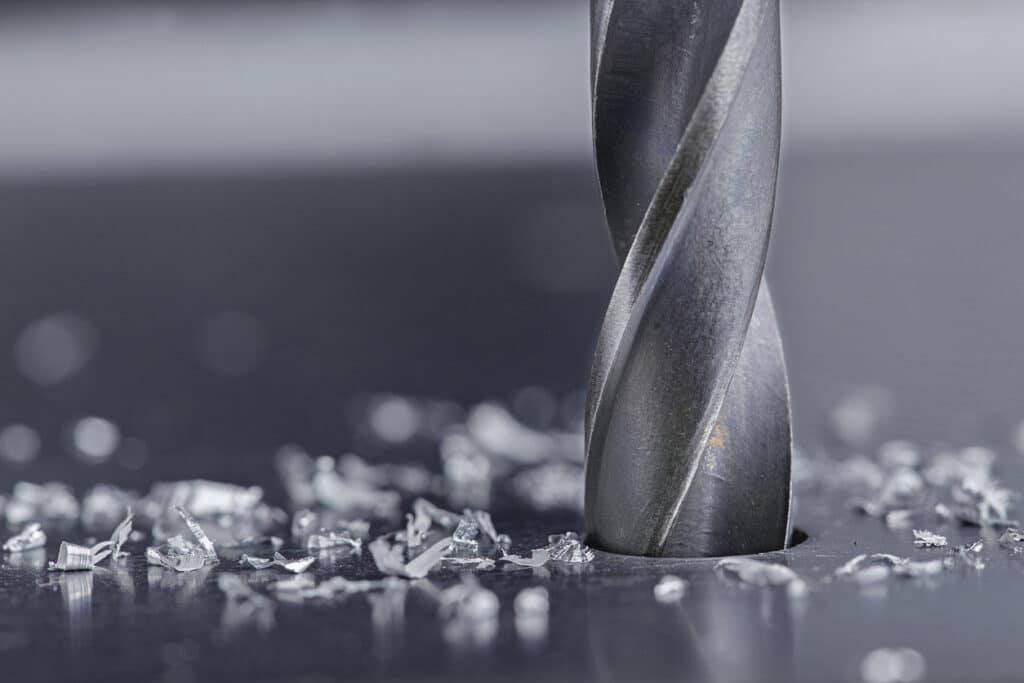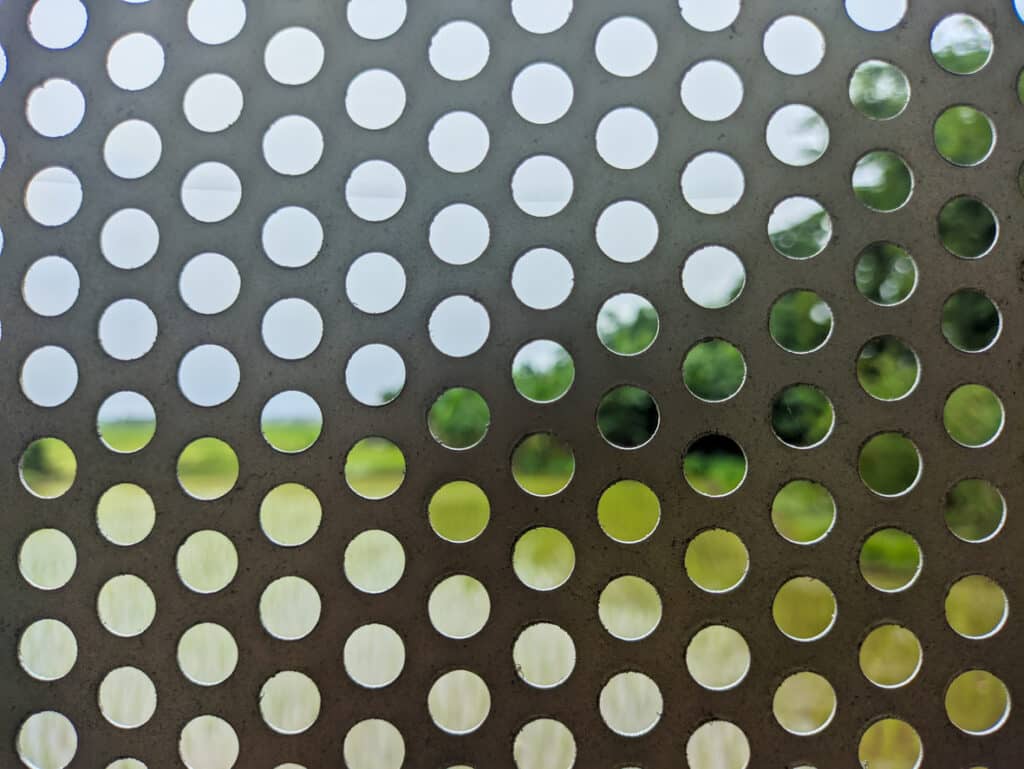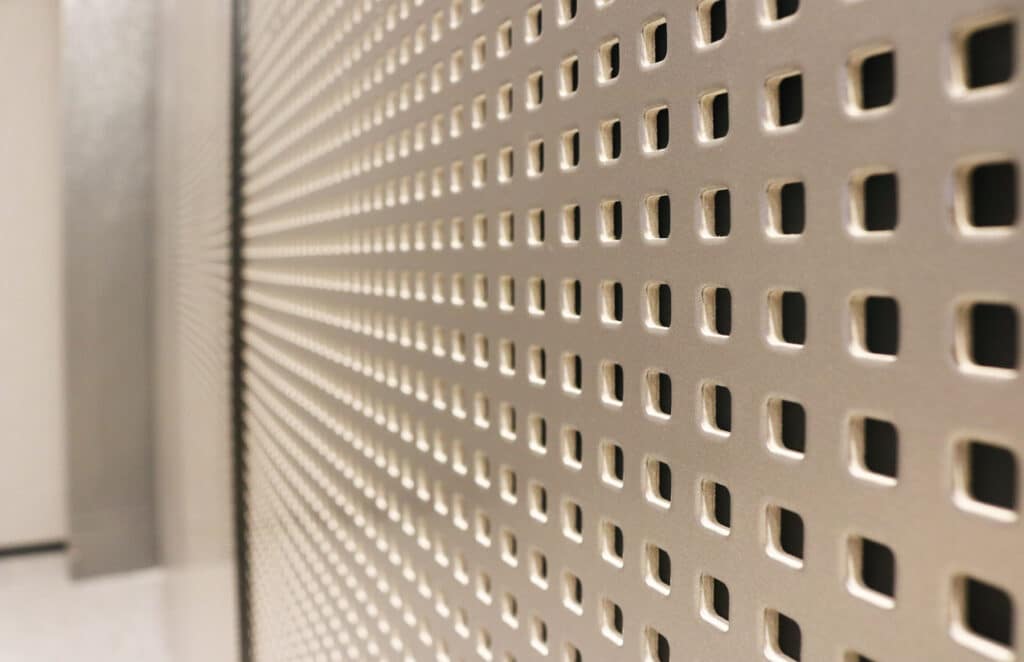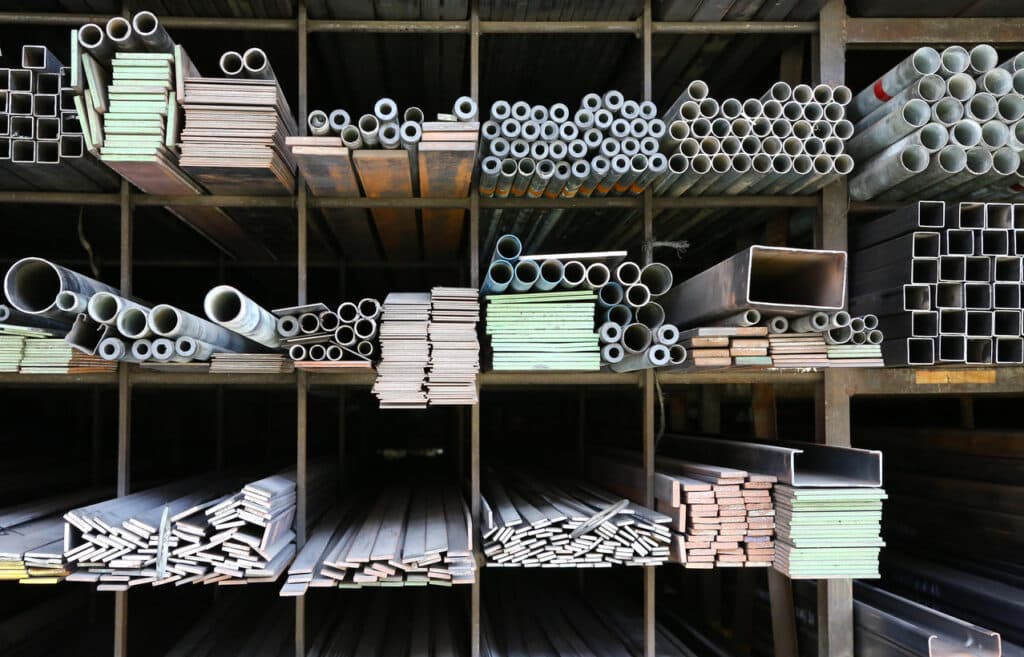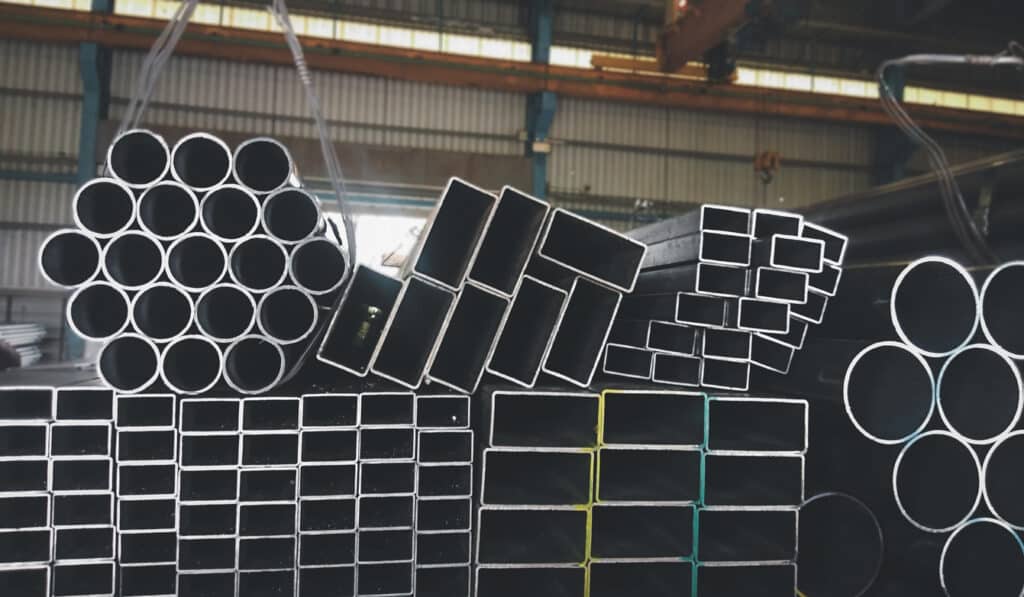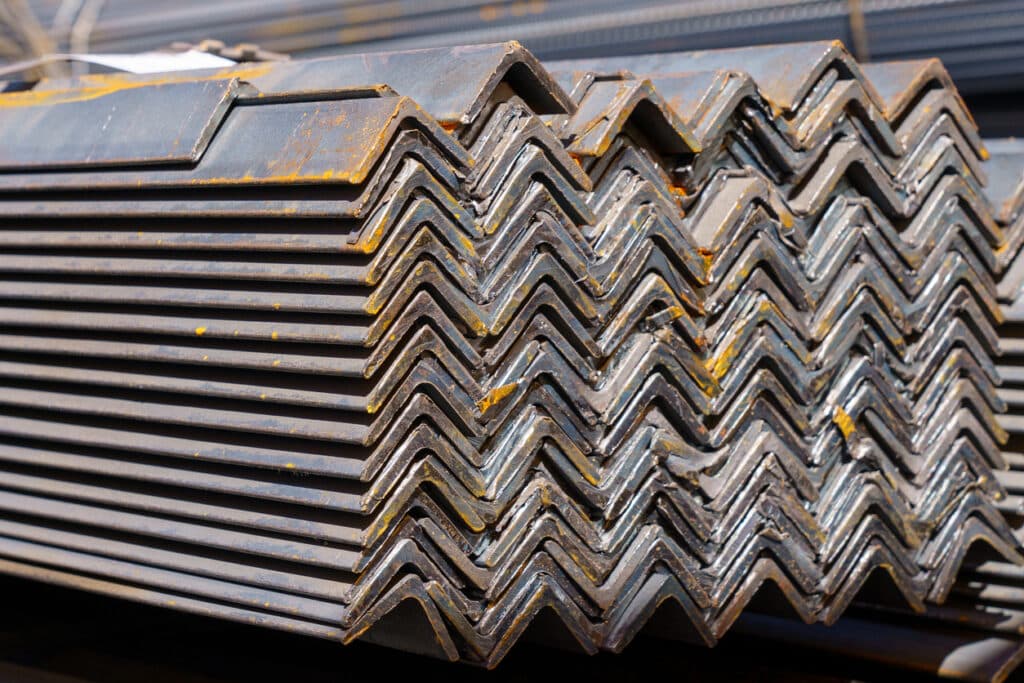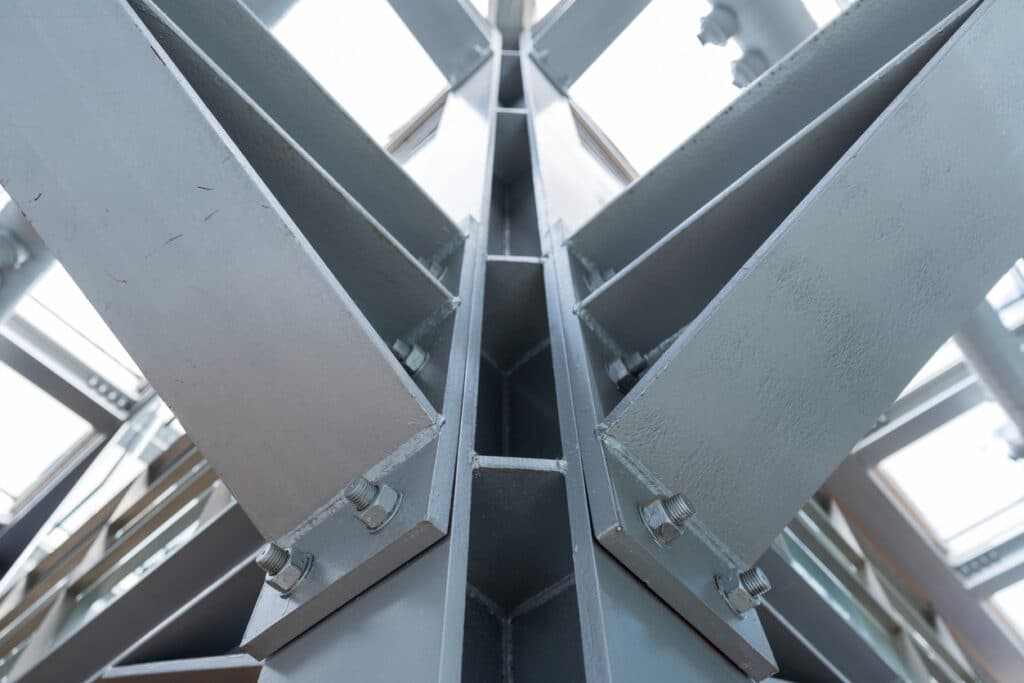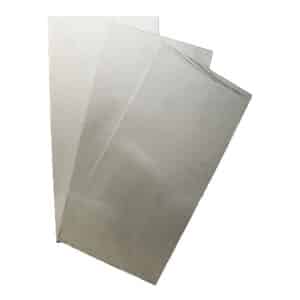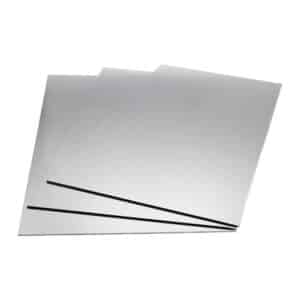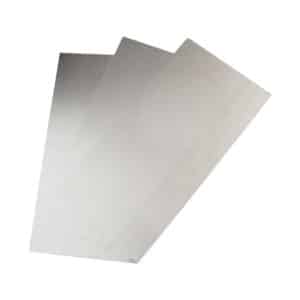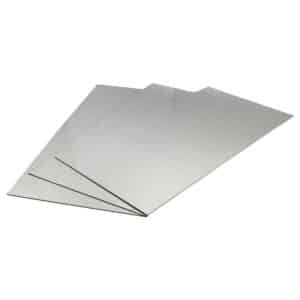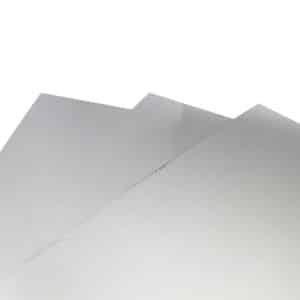
- Massive Range
- FREE UK Delivery
- Rapid Dispatch
- Massive Range
- FREE UK Delivery
- Rapid Dispatch
- Massive Range
- FREE UK Delivery
- Rapid Dispatch
Home » Choosing Between Aluminium and Steel?
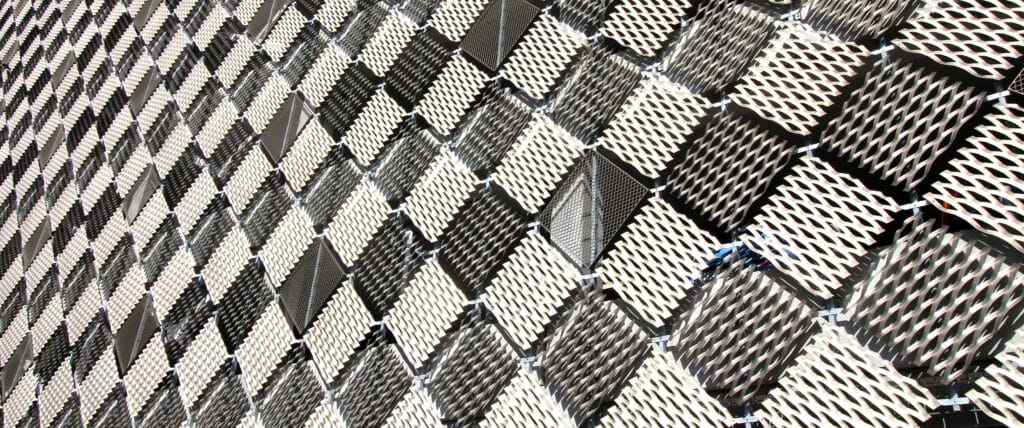
Aluminum and steel are two of the most popular materials used in manufacturing, construction, and various other applications. It is important to note that both metals have their own strengths, features, and weaknesses. To decide which metal to use for a given application, it is necessary to understand both the specific needs of the project and the inherent properties of the metals. We will examine the characteristics of aluminium and steel in this blog, laying out a comprehensive guide for making the right choice.
Aluminium is a silvery-white, soft, non-magnetic metal. It’s the third most common element in the Earth’s crust, and it’s mostly extracted from bauxite ore. Aluminium is renowned for its lightweight properties and resistance to corrosion, which is primarily due to the formation of an oxide layer on its surface when exposed to the air.
Steel, on the other hand, is an alloy primarily made up of iron with small amounts of carbon. The carbon content can vary, leading to different grades and strengths of steel. Steel can also contain other elements like manganese, chromium, and nickel to enhance its properties.
When considering the strength-to-weight ratio, aluminium often emerges as the winner. While steel is significantly stronger than aluminium, it’s also much heavier. Therefore, for applications where weight is a concern—like aircraft construction or automotive design—aluminium is the preferred choice. For projects where sheer strength is a priority, like skyscraper construction or bridge building, steel often takes the lead.
Aluminium is highly resistant to corrosion, especially when exposed to air. This is due to the protective layer of aluminium oxide that forms on its surface. While certain types of steel, particularly stainless steel, have excellent corrosion resistance, many standard steel variants are susceptible to rust when not properly treated or painted.
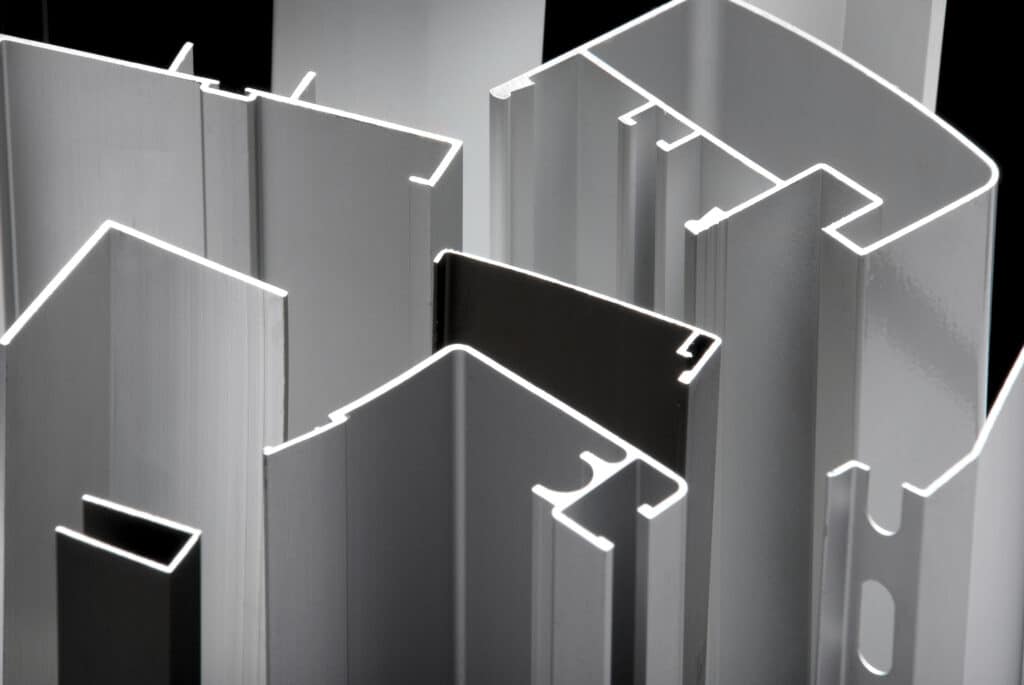
Aluminium stands out for its malleability and ease of machining. It’s easier to cut, weld, and shape aluminium compared to steel. This makes it an excellent choice for intricate designs or when customisation is necessary. Steel, however, requires more energy and specialised equipment for similar tasks.
For applications that require good conductors of heat or electricity, aluminium is the top choice. It conducts both heat and electricity better than steel, making it ideal for electronics, cooking utensils, and radiators, among others.
The cost of aluminium and steel can vary based on global market conditions, availability, and the specific alloy or grade in question. Historically, steel has often been less expensive than aluminium. However, the overall cost-effectiveness will depend on the application. When you factor in longevity, resistance to corrosion, and reduced maintenance costs, aluminium might prove more economical in the long run for certain projects.
Both aluminium and steel have environmental implications. Aluminium production is energy-intensive, but the metal is 100% recyclable without loss of quality. Steel, too, is highly recyclable, and modern steel production methods are continually improving in energy efficiency. When considering the environmental footprint, it’s essential to look at the full lifecycle of the product, from extraction to disposal or recycling.
From an aesthetic viewpoint, both metals offer unique characteristics. Aluminium has a modern, sleek appearance, while steel can provide a robust and industrial look. The decision here will largely depend on personal preference and the desired aesthetic for a project.
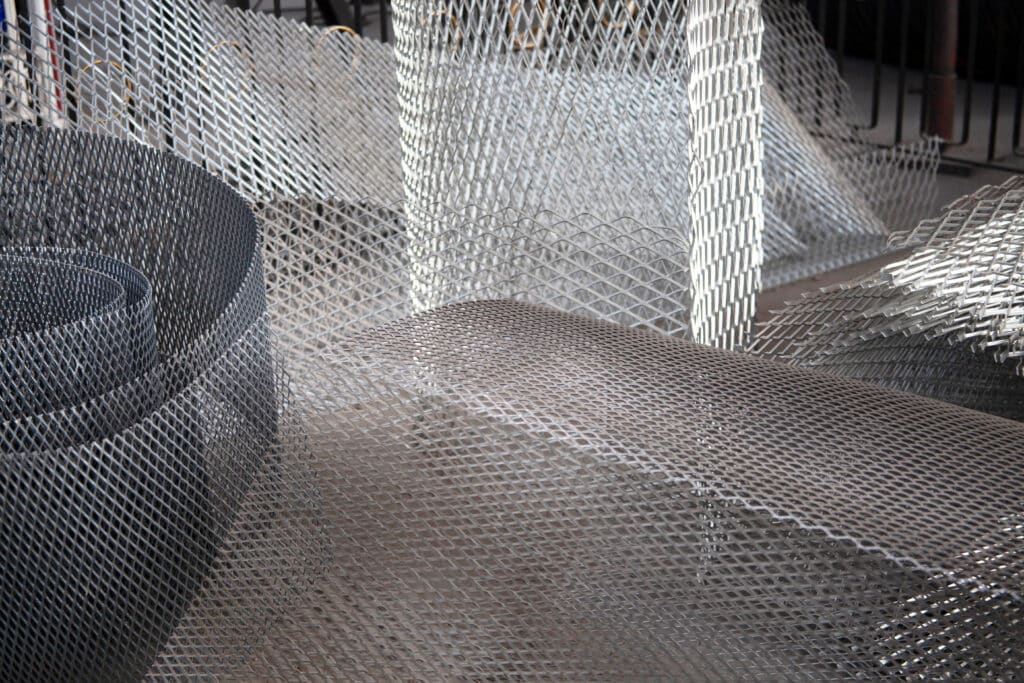
Lightweight: Aluminium has a low density, making it one of the lightest commercially available metals. Its lightweight nature is especially beneficial for industries like aerospace and automotive where weight reduction can lead to fuel savings.
Strength-to-Weight Ratio: While it’s lightweight, aluminium can be alloyed with other elements to achieve strengths comparable to steel, making it highly functional for its weight.
Corrosion Resistance: Aluminium forms a protective oxide layer when exposed to the air, providing excellent resistance to corrosion. This is especially beneficial for applications in corrosive environments, such as marine structures.
Malleability: Aluminium is highly malleable, making it easy to shape into various forms and products, from thin foils to complex geometric shapes.
Conductivity: It’s an excellent conductor of both heat and electricity, which makes it ideal for products such as electrical transmission lines, heat sinks, cooking utensils, and radiators.
Recyclability: Aluminium is 100% recyclable without any loss of its natural properties. Recycling aluminium also requires just 5% of the energy compared to primary aluminium production.
Reflectivity: Aluminium reflects about 92% of visible light, making it an essential material for light fixtures. It also reflects radiant heat, making it useful for insulating buildings and in rescue blankets.
Non-Toxic: Aluminium is non-toxic, making it suitable for applications that come into contact with food, such as cans, foil, and kitchen utensils.
Thermal Efficiency: Aluminium’s high thermal conductivity allows it to distribute heat evenly. This is particularly beneficial in applications like cooking ware and industrial heat exchangers.
Ductility: At room temperature, aluminium is ductile, which means it can be drawn into thin wires without becoming brittle.
Non-Magnetic: Aluminium doesn’t have any magnetic properties, which is advantageous in electrical applications where magnetic fields can interfere with the performance of devices.
Resistance to Low Temperatures: Aluminium becomes stronger at low temperatures without becoming brittle, making it ideal for cold environments like outer space or freezer components.
Corrosion Resistance: The primary advantage of stainless steel is its resistance to corrosion. The chromium in stainless steel reacts with oxygen to form a thin, invisible layer of chromium oxide, protecting the material underneath from rust and staining.
Strength-to-Weight Advantage: High strength in both elevated and low-temperature conditions makes stainless steel suitable for a wide range of applications.
Hygienic and Easy to Clean: Its non-porous and smooth surface makes stainless steel an ideal choice for the food and beverage industry, medical instruments, and other environments where hygiene is crucial.
Aesthetic Appeal: With its bright and easily maintained surface, stainless steel provides a modern and attractive appearance.
Longevity: The durability of stainless steel means that products made from this material have a long lifespan, making it cost-effective in the long run.
Recyclability: Stainless steel is 100% recyclable, and a significant percentage of new stainless steel comes from recycled material.
Temperature Resistance: Stainless steels are very resistant to high temperatures, making them suitable for applications that involve extreme heat or cold.
Non-reactive Surface: When it comes to cooking, stainless steel doesn’t react with acidic foods, preserving food flavor and quality.
Flexibility: Various grades and surface finishes of stainless steel cater to the environment where its application is intended, making it versatile in various industries.
Impact Resistance: High-quality stainless steel can absorb high impacts, making it sturdy and durable for challenging environments.
Low Maintenance: Given its resistance to corrosion, staining, and tarnishing, stainless steel structures and products typically require very little maintenance.
Non-magnetic: Some stainless steel grades are non-magnetic, which can be an advantage in specific applications.
Strength Limitation: Pure aluminium is relatively soft, making it less strong than materials like steel. While alloying can improve its strength, it often can’t match the strength of high-strength steel alloys.
Fatigue Resistance: Aluminium is more prone to fatigue cracks than some other metals. Over time, cyclic loading can lead to the formation and growth of these cracks, leading to potential failure.
Galvanic Corrosion: When aluminium comes into contact with certain other metals in the presence of an electrolyte, it can corrode rapidly. This electrochemical process is a significant concern in some engineering applications.
Limited High-Temperature Performance: Aluminium loses strength at high temperatures. It can’t retain its mechanical properties at very high temperatures as well as materials like stainless steel.
Oxidation: Although the oxide layer on aluminium provides protection, if this layer is damaged and not allowed to reform, corrosion can occur.
Scratch and Dent Vulnerability: Aluminium’s softer nature means it’s more susceptible to scratches, dents, and marring than harder metals.
Chemical Reactivity: Aluminium can react with certain chemicals, leading to discoloration or corrosion.
Welding Challenges: Welding aluminium requires specific techniques, skills, and equipment. It can be more challenging to weld than steel, especially for certain alloy types.
Expansion and Contraction: Aluminium expands and contracts more than steel when heated and cooled, which can be a concern in applications sensitive to dimensional stability.
Cost: High-purity aluminium and specific alloys can be more expensive than other metals, such as steel.
Acid Sensitivity: Aluminium is sensitive to strong acids, which can corrode the metal.
Cost: Stainless steel generally costs more than mild steels or other non-corrosion-resistant metals. This is especially true for the higher grades and alloys.
Limited Strength-to-Weight Ratio: While stainless steel is strong, it’s also relatively heavy. This means that, for certain applications where weight is crucial, other materials like aluminium might be more suitable.
Difficult to Machine: Stainless steels can be challenging to machine compared to regular carbon steel due to their hardening nature and the high cutting forces required.
Welding Difficulties: Stainless steel requires specialised welding techniques. If not welded correctly, the weld can lose corrosion resistance at the weld site.
Galvanic Corrosion: If stainless steel is in contact with other metals, especially in a moist environment, galvanic corrosion can occur, leading to degradation of the material.
Fingerprint Marks: Stainless steel appliances or surfaces often show fingerprint marks and can require frequent cleaning to maintain a clean, shiny appearance.
Heat Tinting: When heated, stainless steel can develop a colored tint, which may not be desirable in some decorative or aesthetic applications.
Limitations in Achieving Sharp Edges: When used in design, stainless steel may not be as suitable for extremely sharp-edged finishes as some other materials.
Sensitisation: At certain elevated temperatures, stainless steel can become sensitised, reducing its corrosion resistance.
Magnetic Properties: Some stainless steel grades are magnetic, which may not be suitable for applications where a non-magnetic material is required.
Chemical Reaction: While it’s corrosion-resistant in many environments, certain chemicals, especially chloride solutions, can be aggressive to stainless steel and cause pitting and crevice corrosion.
Thermal Conductivity: Stainless steel has a lower thermal conductivity compared to materials like aluminium, which can be a disadvantage in applications that require rapid heat transfer.
There is no one-size-fits-all solution when it comes to choosing between aluminium and steel. The answer is largely determined by the specific requirements of the project. Understanding the intrinsic properties of both metals will help you decide which is most suitable for your needs, regardless of whether you prioritise strength, weight, corrosion resistance, workability, or cost.
It’s also important to consult with professionals in the industry who can provide insights tailored to your needs. When you have the right information, your choice between aluminum and steel becomes more precise and clear, ensuring your success.
As always, thank you for checking out our blog. We hope that this helps you with your project.
Please also check out the other articles in our helpful guide series. We have written about ‘Galvanised Steel vs. Aluminium – The Pros and Cons‘ and ‘Stainless Steel Sheet Metal: A Helpful Guide‘ recently so why not check them out?
We are also proud to sell this product on our highly popular eBay store, check us out there too.
If you have any further questions, feel free to contact us.

